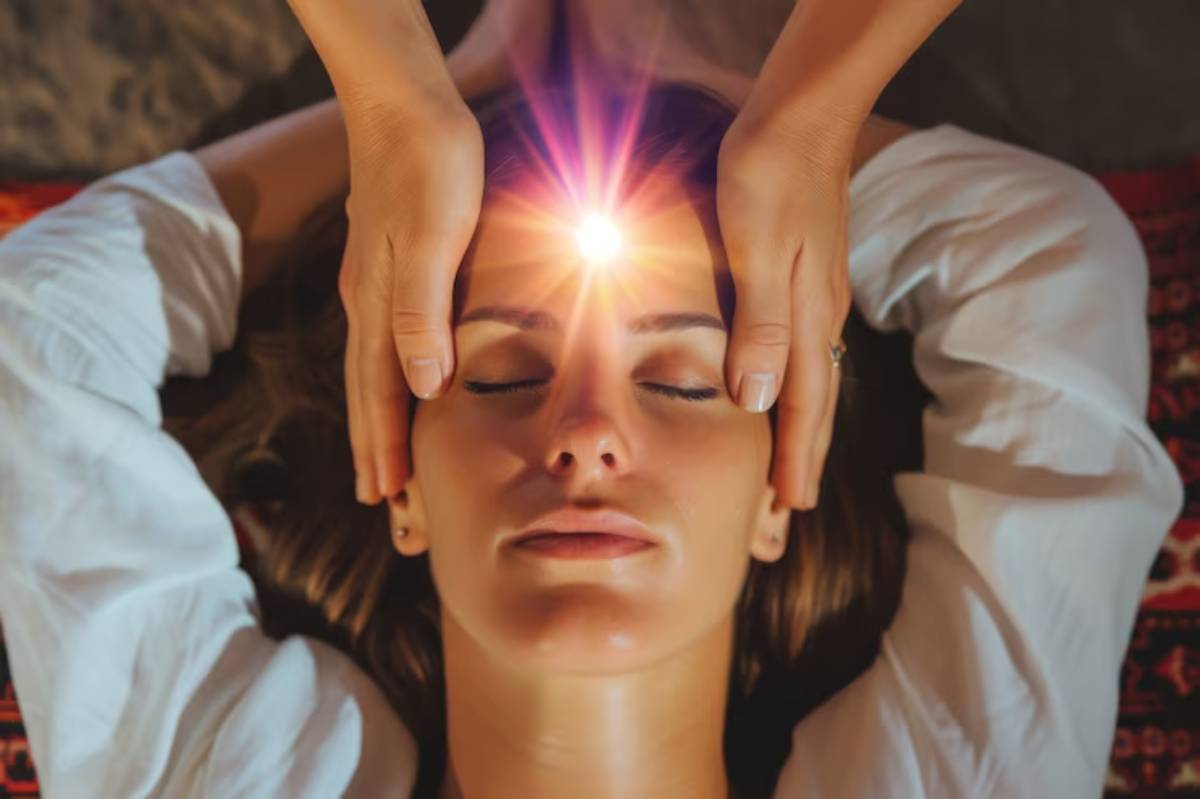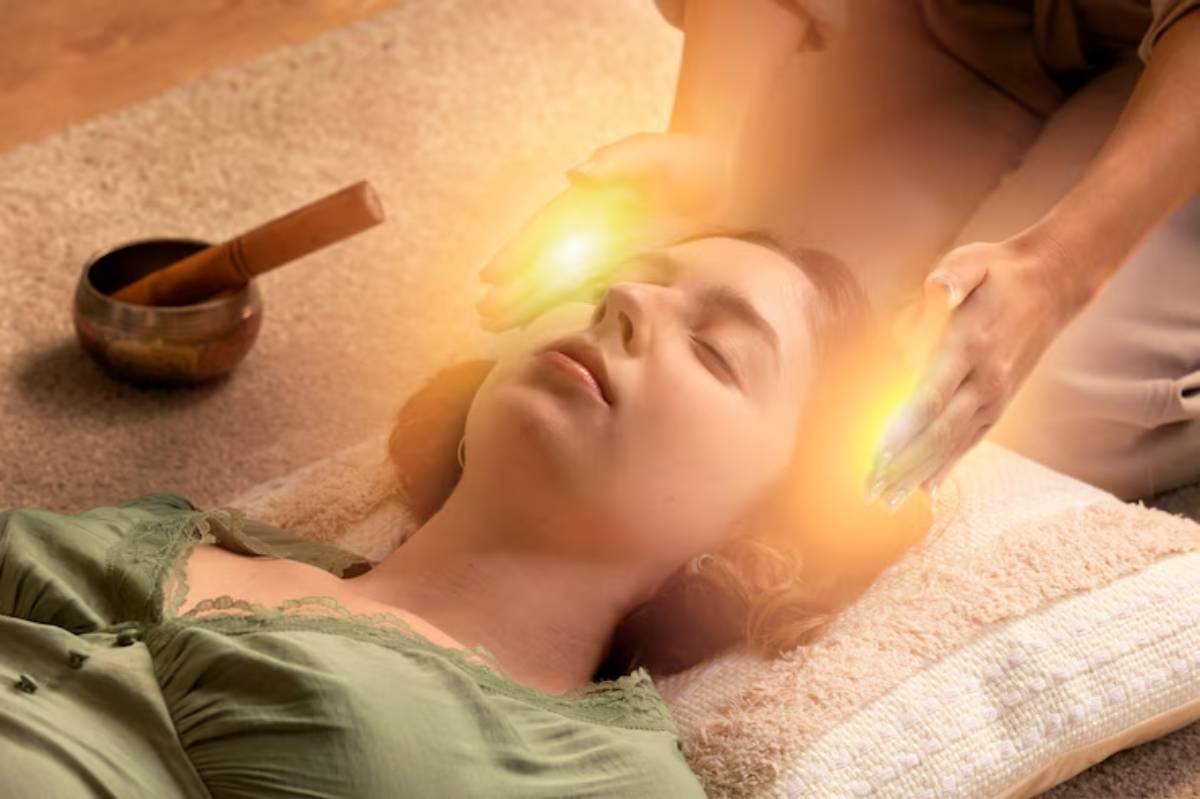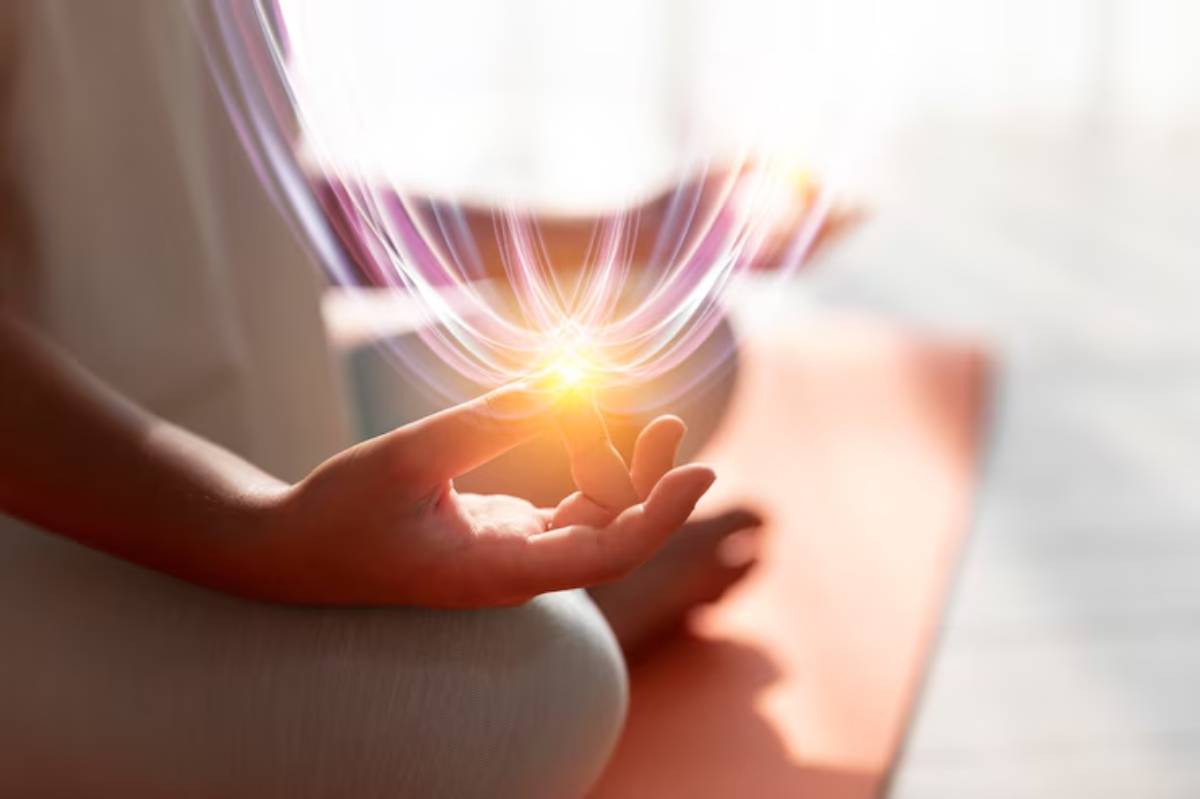
The Power of Pranic Healing in Modern Wellness
You wake up feeling groggy, emotionally scattered, and mentally overloaded. You’ve had enough sleep, eaten right, and even squeezed in a workout, but something still feels “off.” If this sounds familiar, you’re not alone. Many people are turning to alternative healing methods to restore balance and vitality. One such practice, Pranic Healing, is gaining traction for its unique ability to harmonise energy without physical touch.
Unlike traditional therapies, Pranic Healing works on the energy body — the subtle layer that influences your physical and emotional health. By cleansing and energising this field, it addresses the root causes of illness and stress. In this article, we’ll explore how Pranic Healing fits into modern wellness, what makes it effective, and how you can incorporate it into your daily life.
Whether you’re curious about complementary therapies or actively seeking energy balance, this guide will help you understand why Pranic Healing might be the missing piece in your self-care puzzle.
What Is Pranic Healing?

The Basics of Energy Healing
Pranic Healing is a non-touch energy healing system developed by Master Choa Kok Sui. The practice is based on two core principles:
- The body has the ability to heal itself.
- Life energy (or “prana”) can accelerate this process.
By using specific techniques to scan, cleanse, and energise the body’s aura, practitioners can help remove energetic blockages and stimulate healing.
What Is Prana?
Prana is a Sanskrit word meaning “life force.” It’s the same concept as “chi” in Chinese medicine or “ki” in Reiki. Prana flows through energy centres (chakras) and energy channels (nadis or meridians). When this flow is disrupted, it can manifest as:
- Physical illness
- Mental fog
- Emotional imbalance
Pranic Healing focuses on restoring this flow, much like unclogging a drain to allow clean water to circulate freely.
How Pranic Healing Works: A Step-by-Step Breakdown
1. Energy Scanning
The practitioner uses their hands to detect areas where prana is blocked, congested, or depleted. This is often done without physical contact.
2. Energy Cleansing
By sweeping their hands or using specific techniques, the healer removes dirty or diseased energy from affected areas. This helps clear stagnation and restore energetic flow.
3. Energy Energising
Fresh prana is projected into the cleansed area, often using visualisation and breathing techniques. The aim is to revitalise weak spots and promote healing.
4. Final Balancing
The practitioner ensures that energy is evenly distributed and the chakras are functioning harmoniously.
“It’s like giving your energy body a detox and power boost at the same time.”
Why Pranic Healing Appeals to Modern Wellness Seekers
A Non-Invasive, Drug-Free Approach
Unlike medication or even massage therapy, Pranic Healing doesn’t require touch or ingestion of substances. This makes it ideal for those who:
- Are sensitive to medications
- Want a side-effect-free alternative
- Prefer subtle, non-invasive healing experiences
Fast Results for Stress and Anxiety
In a single session, many clients report:
- A sense of deep calm
- Mental clarity
- Relief from physical discomfort
As stress becomes a modern epidemic, methods that offer immediate relief are in high demand.
Works With — Not Against — Other Therapies
Pranic Healing is often used alongside:
- Conventional medicine (e.g., recovery post-surgery)
- Psychotherapy (to ease emotional blocks)
- Other energy therapies (like Reiki or acupuncture)
It enhances overall effectiveness without causing conflict with existing treatments.
Scientific and Spiritual Perspectives
Is There Research?
While mainstream science is still catching up, some studies suggest energy healing practices, including Pranic Healing, can lead to:
- Reduced cortisol (stress hormone) levels
- Improved emotional regulation
- Faster post-operative recovery
A 2005 pilot study from the California Pacific Medical Centre showed promising results when using Pranic Healing to treat advanced stages of cancer. While further research is needed, anecdotal and clinical support continues to grow.
The Spiritual Framework
You don’t need to be religious or spiritual to benefit from Pranic Healing. However, it draws upon a deep understanding of the human energy system, as outlined in esoteric philosophies like:
- Chakra systems (Indian tradition)
- Meridian pathways (Traditional Chinese Medicine)
This blend of spiritual wisdom and practical technique makes it accessible yet profound.
What to Expect in a Pranic Healing Session
Setting the Stage
Most sessions last 60 to 90 minutes, conducted either in person or remotely (distance healing). You’ll typically sit or lie down in a comfortable setting. There’s no need to disrobe.
Sensory Experiences
Clients often describe:
- Feeling warmth, tingling, or cooling sensations
- Seeing colours or images with eyes closed
- A strong sense of inner calm or emotional release
While experiences vary, most find sessions to be deeply relaxing and restorative.
Aftercare and Integration
Post-session, it’s recommended to:
- Drink lots of water
- Rest if needed
- Avoid alcohol or heavy meals
Many people find journaling or meditation helps integrate the emotional shifts that may surface.
Common Conditions Addressed by Pranic Healing
Physical Health
- Migraines and headaches
- Respiratory issues
- Chronic fatigue
- Digestive problems
Mental & Emotional Health
- Anxiety and depression
- Grief and trauma
- ADHD and concentration issues
- Sleep disturbances
Energetic and Spiritual Growth
- Chakra misalignment
- Intuitive development
- Increased energy awareness
“I felt like someone had untangled a knot in my chest — I could finally breathe deeply again.” – Julia, 38, anxiety sufferer
Learning Pranic Healing: Can You Do It Yourself?
Absolutely! One of the most empowering aspects of Pranic Healing is that anyone can learn it. No prior experience is required.
Training Levels
- Basic Pranic Healing: Learn to scan, cleanse, and energise
- Advanced Pranic Healing: Use colour pranas for faster healing
- Pranic Psychotherapy: Address emotional and psychological conditions
- Achieving Oneness With the Higher Soul: Explore spiritual development
Courses are taught worldwide and often include hands-on practice and certification.
Many start by incorporating breathwork techniques.
Pranic Healing vs Other Energy Modalities
Pranic Healing vs Reiki
While both work with energy and are non-touch, there are some distinctions:
| Feature | Pranic Healing | Reiki |
| Uses colour energy | Yes (Advanced Level) | No |
| Requires attunements | No | Yes |
| Systematic protocols | Highly structured | More intuitive |
| Works on emotions | Yes (with Pranic Psychotherapy) | Yes |
Want to explore more about Reiki? Visit Exploring Reiki: Energy Healing for Mind and Body .
Complementary Practices

Pranic Healing blends well with:
- Yoga and meditation
- Journaling and mindfulness
- Crystal healing and aromatherapy
Real-Life Stories: Healing in Action
Case 1: From Burnout to Balance
Mark, a corporate manager, sought Pranic Healing during a burnout phase. After three sessions, he reported:
- More focus at work
- Better sleep patterns
- A renewed zest for life
Case 2: Easing Childhood Anxiety
Lina, age 10, experienced nightmares and school anxiety. With parental permission, she received Pranic Healing over three weeks and showed:
- Improved sleep
- Better emotional regulation
These stories echo the potential of energy healing to touch lives deeply and meaningfully.
Integrating Pranic Healing into Your Lifestyle
Daily Self-Care Practices
- Energy hygiene: Visualise sweeping away stress before bed
- Breathwork: Use rhythmic breathing to stabilise emotions
- Affirmations and intention setting
Building a Healing Space
Create a small altar or healing corner with:
- Crystals or sacred objects
- Aromatherapy diffusers
- Soft lighting and calm music
Consistency is key. Just 10–15 minutes daily can transform how you manage your energy and emotions.
Conclusion: Energy Is the Future of Wellness

In a world increasingly looking beyond pills and prescriptions, Pranic Healing offers a practical, empowering path to wellness. Whether you’re dealing with stress, physical ailments, or seeking deeper alignment, this ancient science has modern-day relevance.
By cleansing your energy body and replenishing it with life-giving prana, you tap into your own innate healing potential. Why not explore it for yourself?
Ready to begin your journey? Start with a basic course or experience a session with a certified practitioner. For stress relief, you might enjoy our guide on How to Implement Breathwork for Stress Reduction. Already tried Pranic Healing? Share your experience in the comments — your story could inspire someone else.


